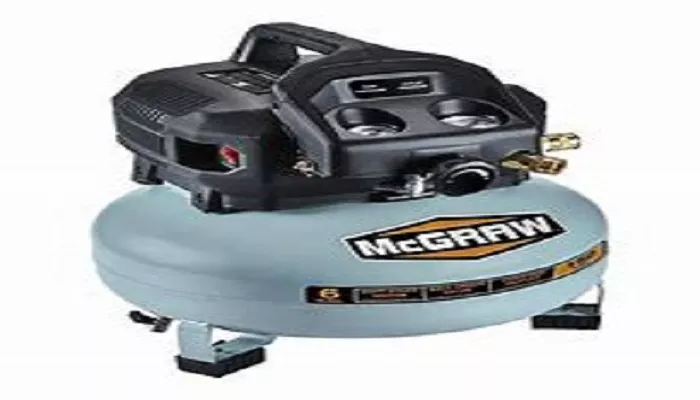McGraw Air Compressors are known for their durability, performance, and reliability in industrial and commercial applications. A critical factor influencing customer trust in these compressors is their manufacturing origin. This article provides a detailed, professional analysis of where McGraw Air Compressors are made, covering the company’s history, production facilities, quality control measures, and how manufacturing location impacts product performance.
History of McGraw Air Compressors
McGraw Air Compressors has built a reputation for producing high-quality air compressors over several decades. The brand is recognized for its robust designs, energy efficiency, and versatility across different industries, including automotive, construction, and manufacturing. To fully appreciate where McGraw compressors are made, it is important to first understand the company’s background and its evolution in the compressed air market.
Originally, McGraw compressors were manufactured in the United States, aligning with the country’s strong industrial manufacturing heritage. However, like many industrial equipment brands, McGraw has adapted to global manufacturing trends, which may involve overseas production to remain competitive in pricing and supply chain efficiency.
Overview of McGraw Air Compressors
McGraw Air Compressors is a subsidiary of FS-Curtis, a leading manufacturer of air compressors and pneumatic systems. The brand specializes in rotary screw, reciprocating, and oil-free air compressors, catering to industries such as automotive, construction, manufacturing, and healthcare.
Understanding where McGraw compressors are manufactured helps buyers assess quality, supply chain reliability, and compliance with industry standards.
Manufacturing Locations of McGraw Air Compressors
McGraw Air Compressors are primarily manufactured in the United States and China, depending on the product line and specifications.
U.S. Manufacturing Facilities
- Missouri, USA:A key facility producing high-end industrial compressors.
- Ohio, USA:Additional assembly and testing for specialized models.
Advantages of U.S.-Made McGraw Compressors
- Strict Quality Control: Compliance with ASME, ISO, and OSHA standards.
- Faster Delivery: Reduced lead times for North American customers.
- Higher Labor & Material Standards: Ensures durability and precision engineering.
Overseas Production (China)
Some McGraw compressors, particularly cost-competitive models, are manufactured in China through partnerships with certified factories.
Considerations for China-Made Units
- Cost Efficiency: Lower production costs result in more affordable pricing.
- Global Supply Chain: Enables wider distribution in international markets.
- Quality Assurance: FS-Curtis enforces strict supplier audits to maintain standards.
How Manufacturing Location Affects Quality & Performance
The production site influences
- Material Sourcing: U.S. facilities often use higher-grade metals and components.
- Labor Expertise: American technicians typically have specialized training in precision assembly.
- Regulatory Compliance: U.S.-made compressors adhere to stricter environmental and safety regulations.
However, Chinese-made McGraw compressors still meet industry requirements, as FS-Curtis implements rigorous quality checks.
Quality Control & Testing Procedures
- Durability Testing: Simulates long-term operation under extreme conditions.
- Leak & Pressure Tests: Ensures airtight seals and optimal performance.
- Noise & Vibration Checks: Confirms compliance with workplace safety standards.
Conclusion
McGraw Air Compressors are produced in both the U.S. and China, with FS-Curtis ensuring consistent quality across all facilities. While U.S.-made units emphasize premium engineering, China-produced models offer cost savings while maintaining performance. Buyers should evaluate their needs—prioritizing either top-tier durability or affordability—when selecting a McGraw compressor.
This detailed breakdown ensures professionals can make informed purchasing decisions based on manufacturing origins and quality expectations.

